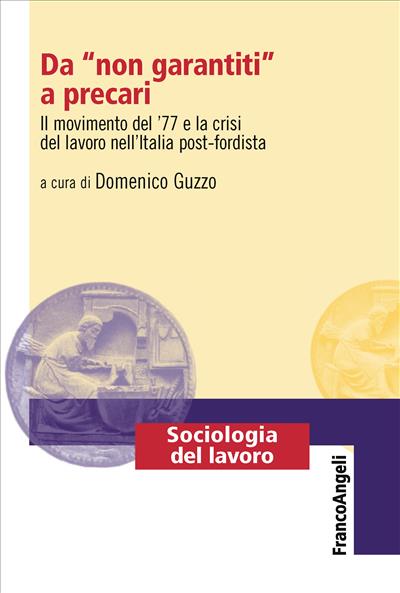
Italy Today 2010.
Social picture and trends
The CENSIS Report offers analyses and interpretations of the most significant socio-economic processes underway in Italy at this confused time, in which Italian society seems to be collapsing under the pressure of a disturbing proliferation of uncontrolled drives.
Edizione a stampa
31,00
Edizione a stampa
31,00
Pagine: 256
ISBN: 9788856839104
Edizione: 1a edizione 2011
Codice editore: 2000.1321
Disponibilità: Buona
PDF con DRM
23,99
PDF con DRM
23,99
Pagine: 256
ISBN: 9788856865516
Edizione:1a edizione 2011
Codice editore: 2000.1321
Possibilità di stampa: No
Possibilità di copia: No
Possibilità di annotazione: Sì
Formato: PDF con DRM per Digital Editions




